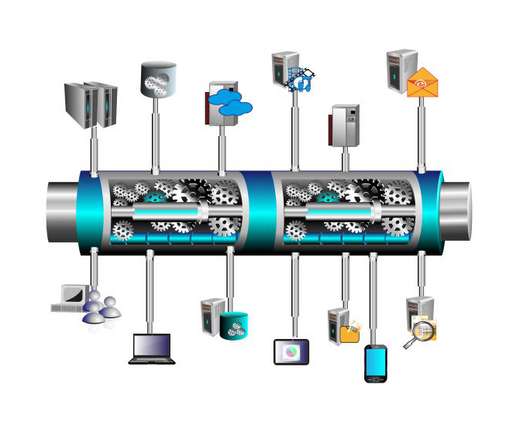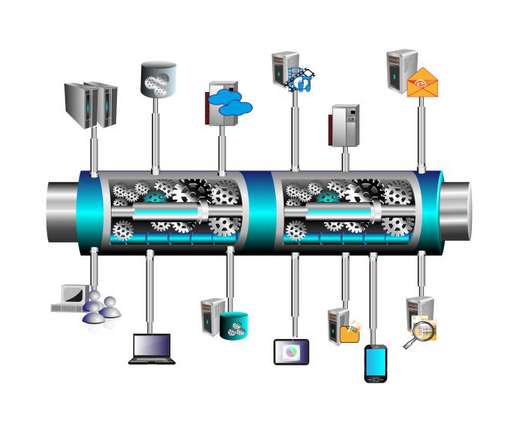What is log management? How to tame distributed cloud system complexities
Dynatrace
SEPTEMBER 8, 2022
Log management is an organization’s rules and policies for managing and enabling the creation, transmission, analysis, storage, and other tasks related to IT systems’ and applications’ log data. Most infrastructure and applications generate logs. Optimally stored logs enable DevOps, SecOps, and other IT teams to access them easily.














Let's personalize your content